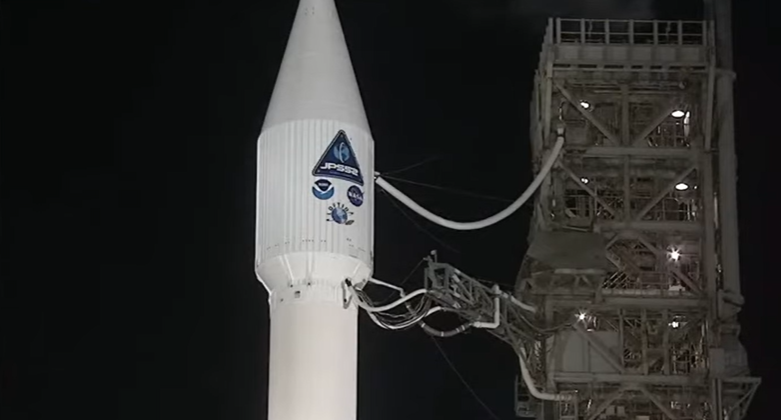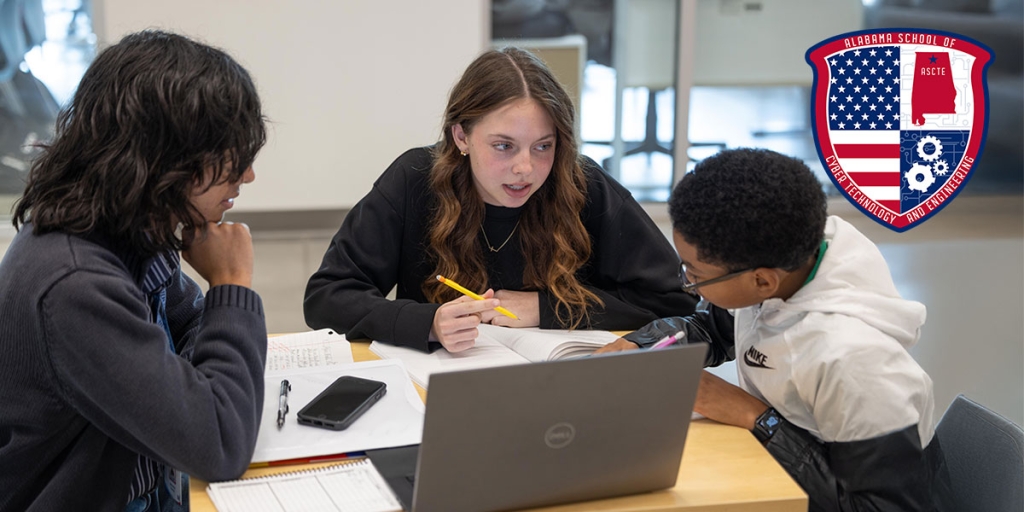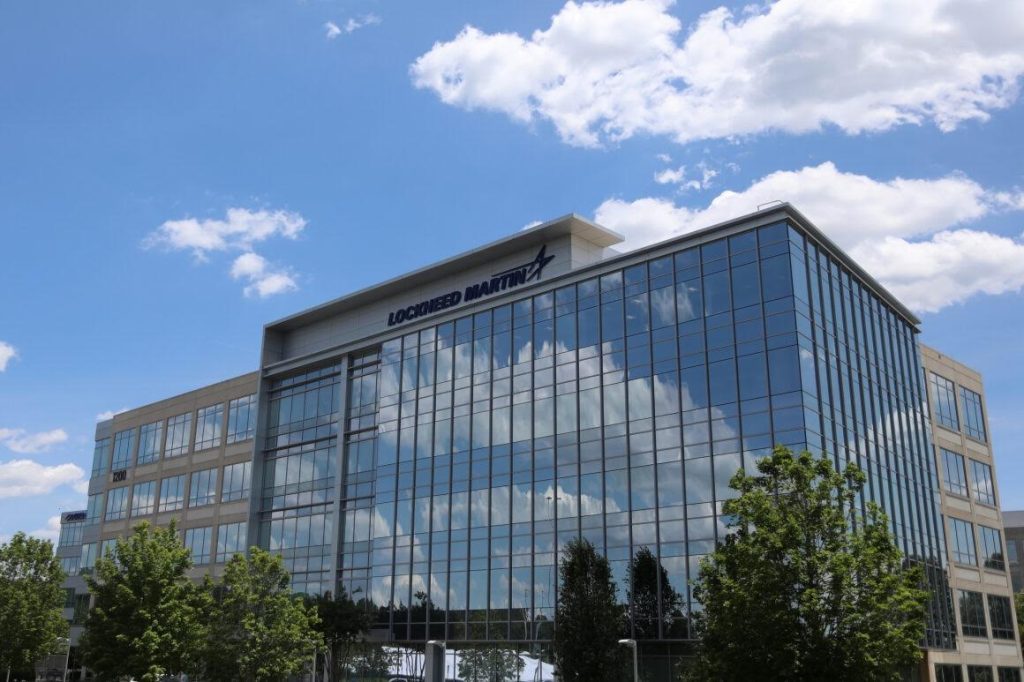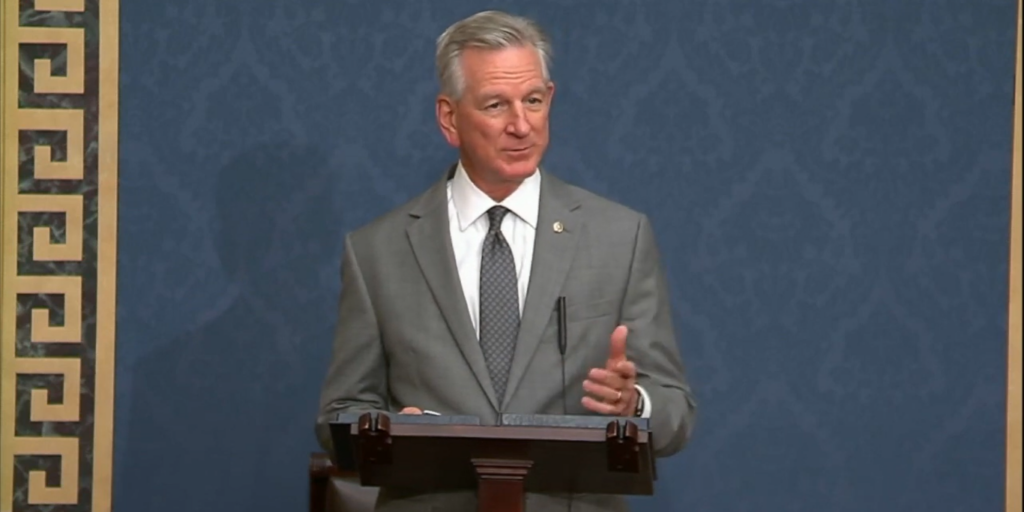A United Launch Alliance (ULA) Atlas V rocket launched successfully Thursday, adding to their perfect record of mission success.
The rocket was carrying the Joint Polar Satellite System (JPSS)-2 mission for the National Oceanic and Atmospheric Administration (NOAA) and National Aeronautics and Space Administration (NASA) and NASA’s Low-Earth Orbit Flight Test of an Inflatable Decelerator (LOFTID).
The successful liftoff occurred at 3:49 a.m. CST and took place at Space Launch Complex-3 at Vandenberg Space Force Base. This is ULA’s 155 successful launch, continuing their 100% mission success record.
The ULA vice president of Government and Commercial Programs, Gary Wentz, praised the effort of his team.
“We depend on accuracy and timeliness of weather prediction models for enhanced weather forecasting and climate observations,” said Wentz. “Our ULA team is proud to launch the JPSS-2 mission that supports advanced forecasting of extreme weather and global climate monitoring.”
“Additionally, we look forward to reviewing the data collected from LOFTID as we explore Hypersonic Inflatable Aerodynamic Decelerator (HIAD) technology for engine reusability on our future Vulcan rocket,” he said. “Successfully deploying these two payloads is a monumental achievement; thank you to our mission partners for their outstanding teamwork.”
According to ULA, The Atlas V rocket delivered the JPSS-2 spacecraft to a sun-synchronous low-Earth orbit. After delivering the JPSS-2 spacecraft, subsequent burns by the Centaur upper stage lowered the altitude to a re-entry trajectory to deploy the LOFTID experiment.
Once separated, LOFTID reentered Earth’s atmosphere, deployed its parachute and landed off the coast of Hawaii. This experiment demonstrates how an inflatable aeroshell, or heat shield, could deliver heavy payloads safely through the atmosphere to the surface of Earth and potentially other planets.
Mark Peller, ULA vice president of Major Development, said the successful mission is a major step for the future of space travel.
“The NASA and ULA public-private LOFTID partnership was the ideal pairing opportunity for demonstrating our Vulcan reuse plans,” said Peller. “This demonstration allows ULA to focus on launch integration applications for engine recovery including parachute development, transportation and recovery, flight environments, precision navigation for landing and recovery and more.”
Yaffee is a contributing writer to Yellowhammer News and hosts “The Yaffee Program” Weekdays 9-11am on WVNN. You can follow him on Twitter @Yaffee













